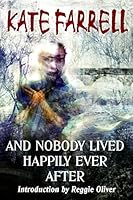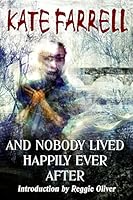Description
What distinguishes Kate Farrell's work is the extraordinary accuracy and vividness with which she sets up her situations. She has an eye for detail and an outstanding ear for the way people think and speak. It is far from fanciful to see this at least partly as the product of her experience as an actress. In the theatre, a natural faculty for observing one's fellow human beings is trained and honed. Listen to the narrator of “Waiting”. If you don't know someone like that personally, you will have certainly heard her talking just behind you on a bus at some time. The intonation, the accent, the understanding, and the lack of it, are all so true to life. But the people Farrell evokes are not all from one social stratum, or one nation. Here is an ancient and corrupt Irish Priest (“The Way the Truth and the Life”), here is the wife of a notorious Argentinean dictator (“Las Cosas Que Hacemos por el Amor”), or the two Spanish schoolchildren in “The Efficient Use of Reason”, and they are all done with the same conviction, the same ruthless accuracy. Farrell's eye is not heartless, but it is unclouded by any kind of sentimental affectation; her horrors emerge from what we sometimes call the commonplace. Very occasionally she touches on the supernatural, but when she does she does it superbly as in one of my favourites among her stories “A Murder of Crows” which shows that she can do an uncanny rural atmosphere with grim poetry as well as anyone. It is the gift of every worthwhile writer in this genre to make us realise that just beneath the surface of the banal and ordinary, there yawn great abysses of wonder and terror. I don't know quite why this realisation, in the hands of a writer like Farrell, should be so thrilling, enjoyable even, but it is. There is not a dull page, not a dull sentence in And Nobody Lived Happily Ever After. From Reggie Oliver 's introduction to And Nobody Lived Happily Ever After



 Amazon UK
Amazon UK